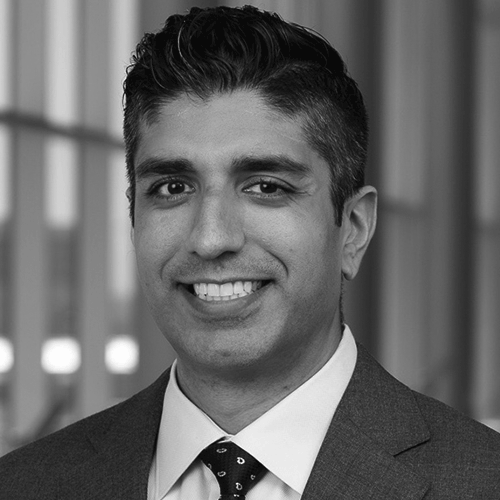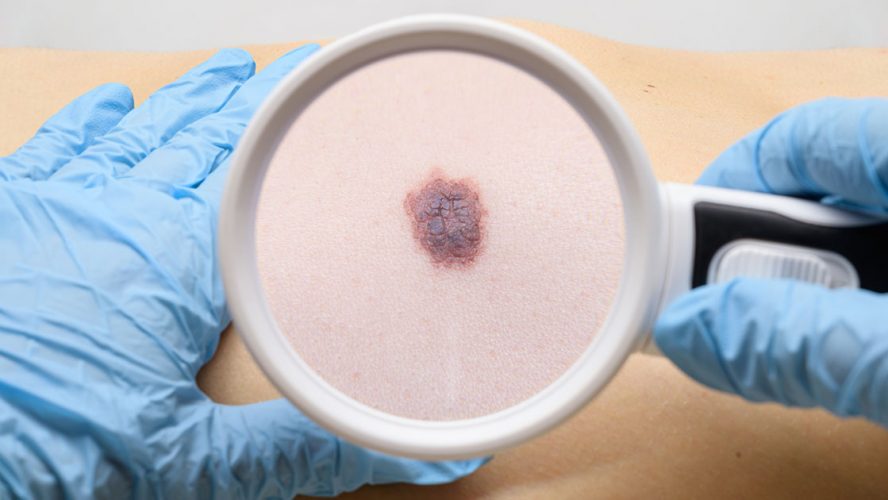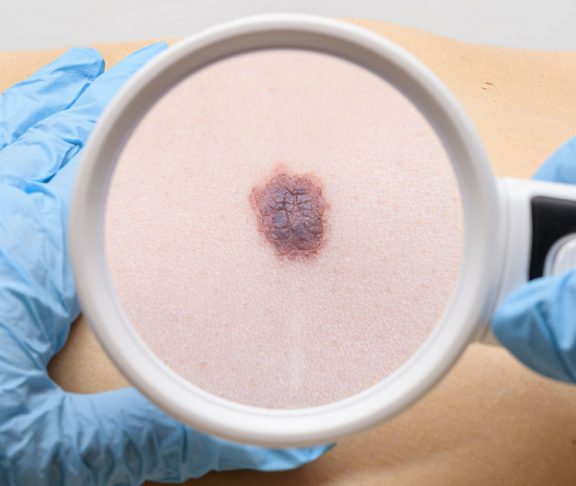
Rajiv I. Nijhawan, MD
Board Certified Dermatologist, American Society for Dermatologic Surgery
For high-risk skin cancers and those located in cosmetically sensitive areas such as the head and neck, the gold standard treatment is Mohs micrographic surgery.
Skin cancer is the most common cancer in the world. Various factors may put one at increased risk for developing skin cancer including genetics, immunosuppression and sun exposure, and anyone can develop skin cancer regardless of skin color.
Mohs surgery is a very safe and well-tolerated procedure usually performed in an outpatient setting under local anesthesia. It is named after Dr. Fredrick Mohs, who developed the technique over 50 years ago. Many technical improvements and refinements over the years have contributed to making it an incredibly safe, low-risk and highly effective means of treating all different types of skin cancers, including basal cell cancers, squamous cell cancers and melanoma.
There are two major goals of Mohs surgery. The first is to achieve the highest possible cure rate by checking 100% of the margins (edges) to ensure the skin cancer is completely removed. The second is to preserve as much normal skin as possible for the smallest possible ”defect” (wound). This approach allows for the least visible scar and best cosmetic result long-term. One unique aspect of Mohs surgery is its meticulous microscopic control where the surgeon also functions as the pathologist reading the slides.
As the skin cancer is surgically removed, the Mohs surgeon creates a map or a diagram to keep track of the orientation. Every layer of tissue removed is processed in a special lab and inspected under the microscope by the Mohs surgeon. This process evaluates 100% of the margin to check for evidence of cancer cells at both the peripheral and deep margins. If any skin cancer cells are seen, the Mohs surgeon knows exactly where to go back to remove the remaining cancerous cells based on this meticulous mapping technique. This process continues until no further skin cancer cells are seen under the microscope. The patient and the Mohs surgeon can then feel confident that the entire skin cancer has been removed while preserving as much normal, healthy skin as possible.
Once the Mohs surgeon has confirmed that all the margins are clear, they will discuss options for healing. Sometimes, the wound can heal naturally without stitches. Other times, the Mohs surgeon may recommend a straight line of stitches, a skin flap (where neighboring skin is moved to cover the wound), or a skin graft (where skin is taken from another part of the body to cover the wound). Mohs surgeons are uniquely trained and have extensive experience in not only ensuring that all the skin cancer cells have been removed, but also in performing any necessary reconstruction that may be required. Their goal is to get you healed as fast as possible with the best possible cosmetic result.
Unfortunately, if you have a history of skin cancer, you are at a higher risk for developing more. It is important to continue to protect your skin every day from the sun’s harmful rays. You should also check your skin once a month for signs of skin cancer, such as anything changing or bleeding, as well as see a board certified dermatologist routinely for full body skin exams. When detected early, skin cancer is easily treatable with a very high cure rate. For very advanced skin cancers that may not be treatable with surgery alone, there are fortunately new emerging therapies such as immunotherapies that can be utilized. In these unfortunate scenarios, your dermatologist will ensure that the best multi-specialty team is available to provide the best care possible.

